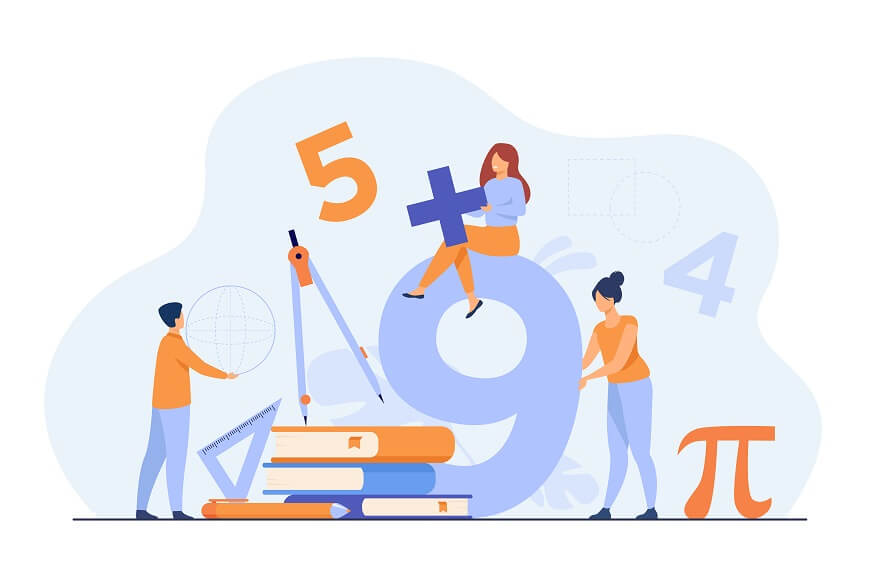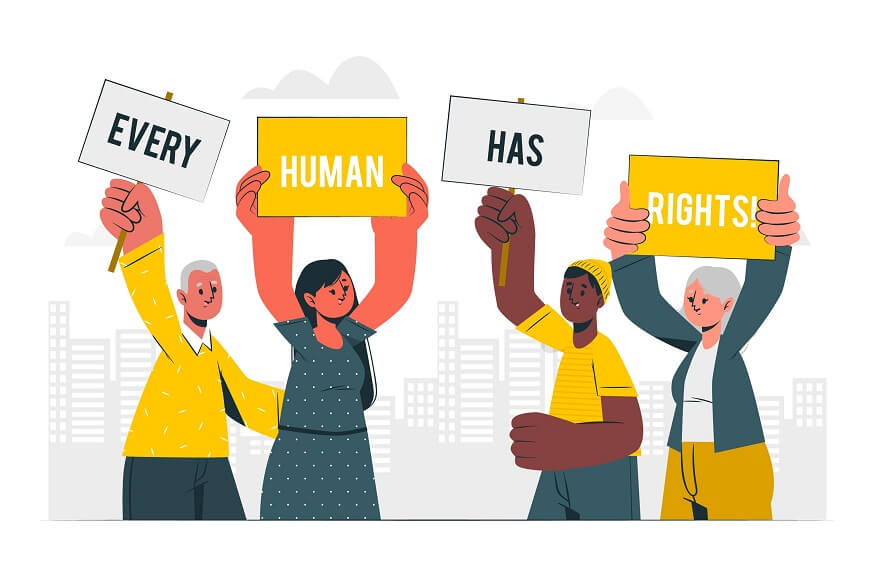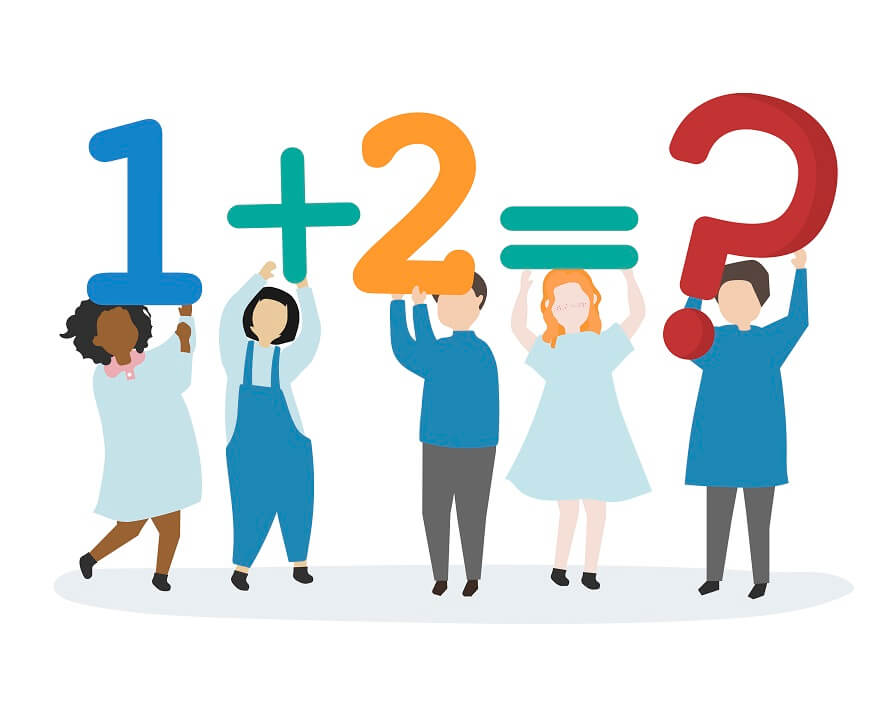Puzzles are an extremely useful way of making maths fun for kids. Puzzles are a good exercise for the brain and at the same time make a seemingly difficult subject such as maths fun to learn. Many kids find maths as a difficult subject. Mathematics involves complex concepts that need regular practice to achieve mastery. Students who manage to master mathematics tend to do well in their future careers as maths opens up a plethora of lucrative careers in engineering and commerce. This article presents 15 engaging maths puzzles for class 1 students. Engaging in these puzzles can make maths seem easy and fun for kids.
Also Read: 15 Hands- On Math Activities for Preschoolers
1.Find Me puzzles
These puzzles describe a scenario where the kids need to find the missing link. For example, I am the sum of the number of sides of a square and a triangle. Find me.
Answer = 4 + 3 = 7.
2.Who am I?
I am between 2 and 5. I am more than 2 but less than 4. Who am I?
Answer = 3.
3.How Many?
There are 10 eggs in a basket. Sameer takes 3 eggs, and Arun takes 5 eggs. How many eggs are now left in the basket?
Answer = 10-3-5 = 2.
4.Missing Number
A logical series of numbers are represented pictorially with one of the numbers missing. Kids need to find the missing number.
5.Series Puzzles
Kids are presented with a series of numbers with a number missing. Looking at the pattern, they need to find out the missing number. For example, 2, 4, 6, __, 10, 12. Find the missing number.
Answer = 8
6.Complete the equation.
Kids are presented with basic addition or subtraction equations with a number missing. They need to work out the maths and find the missing number.
For example: 2 + __ = 9
Answer: 7
7.Time-based puzzles
These puzzles require kids to combine an understanding of time and basic mathematical operations such as addition and subtraction.
For example, Rohit slept at 2 p.m. and woke up after 3 hours. What was the time when he woke up?
Answer = 2 + 3 = 5 pm
Another example, Rohit slept at 2 pm and woke up at 7 pm. How long did he sleep?
Answer = 7 – 2 = 5 hours.
8.Counting Based Puzzles
Counting is a useful and fun activity that can be done in your neighbourhood surroundings. For example, kids can be asked to count the coaches of a moving train, the tires of a car, or the number of birds sitting on a tree.
9.Counting Money
Kids can also be taught the concept of money by combining it with basic mathematical operations.
For example, Rohit has 100 rupees. He bought an ice cream for 20 rupees. How much money is he now left with?
Answer = 100-20 = 80
Another example with money can involve multiplication (or addition).
Rohit has 5 notes of 20 rupees and 2 notes of 50 rupees. How much money does he have?
Answer = 5*20 + 2*50 = 200
Also Read: Top 10 Ways to Utilise Maths Formulas in Day-to-Day Life
10.Identify money
Another basic understanding of numbers and money can be used by asking kids to identify coins and currency notes of various denominations and arrange them in order of value. Kids could be given a variety of 1, 2, 5, and 10 rupee coins, and currency notes of 20, 50, 100, 500, and 2000 rupees denomination. They can be asked to identify the value of these coins and notes and organise them in order of increasing value.
11.Shapes
Kids can be given various shapes and be asked to count the number of sides or the number of shapes inside of those shapes. For example, kids can be given a chess board and asked to count the number of black and white squares. An advanced case could be to count the number of squares of all sizes on the same chessboard.
12.Board Games
A multitude of board games such as Snakes and Ladders involve subtle skills in counting and addition to play and win. Engaging class 1 students in these games can also help them get up to speed with their maths.
13.Sudoku
Simple Sudoku puzzles can be given to class 1 students to engage them in mathematical operations such as counting, addition, and subtraction. Sudoku puzzles can be extremely fun, and engaging, and give them a sense of achievement and fulfilment once they can solve them.
14.Circle Games
A typical circle game is made up of 3 concentric circles with a number (e.g. 10) written in the innermost circle, The space between the innermost and the second circle is divided into 10 segments with a number between 0 and 10 written in each of those 10 segments. The space between the second and third circle is again divided into 10 segments aligning with the 10 segments between the innermost and the second circle. The outermost segments are empty and they need to be filled with a number such that the addition of this number and the corresponding number in the segment below them adds up to the number in the innermost circle (10). The same game can be tweaked to involve subtraction, or multiplication operations as well.
15.Quadra’s Operation Puzzle
In these puzzles, the kids need to decipher the mathematical operation required to achieve the correct equation.
For example:
3 (?) 7 (?) 11 = 10
Answer: 3*7 – 11 = 10
Students at EuroSchool are frequently exposed to more such fun puzzles and games which make maths fun for them. As a result, our students frequently emerge as proficient in mathematics and do not suffer from the fear of maths that many students tend to suffer from.











